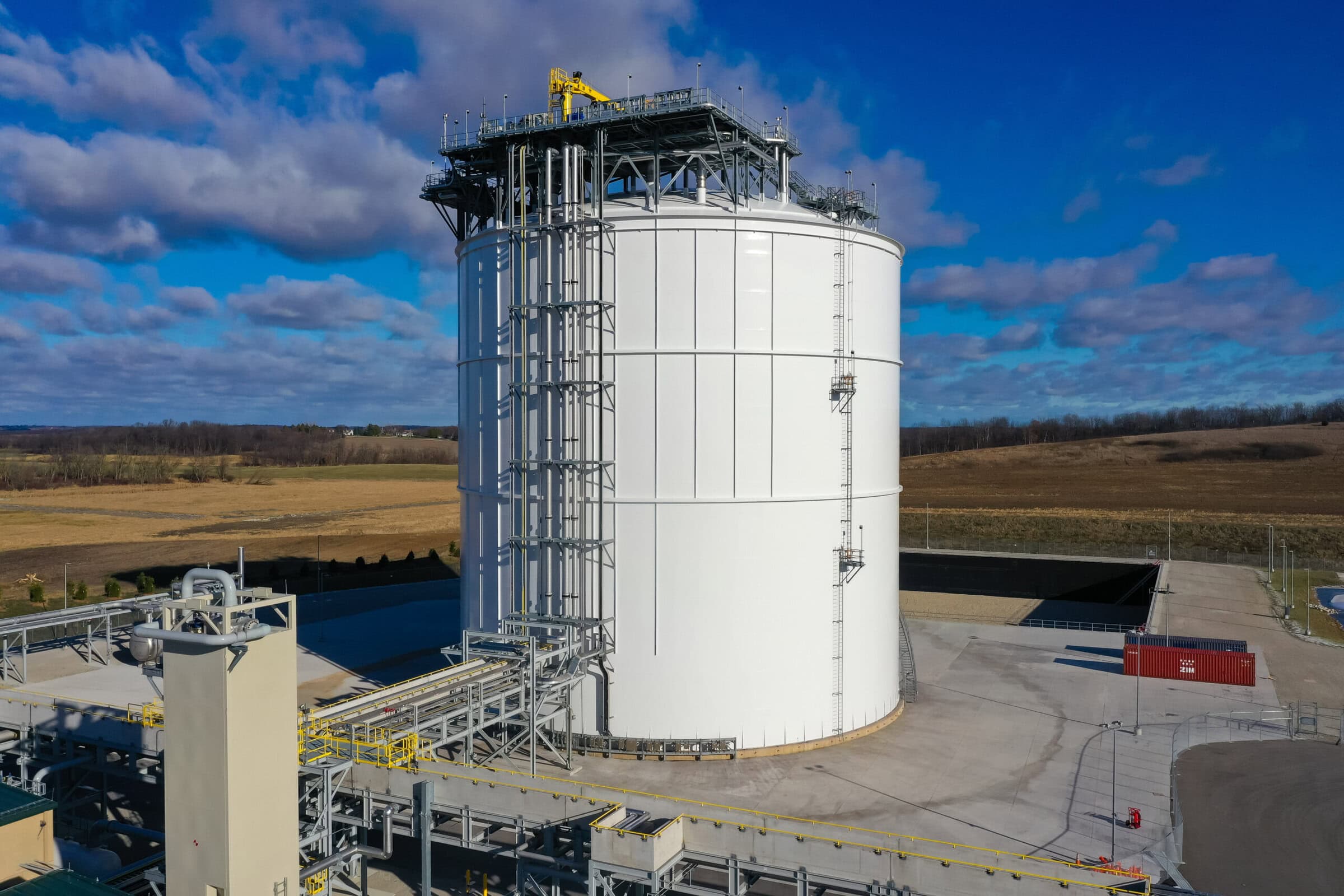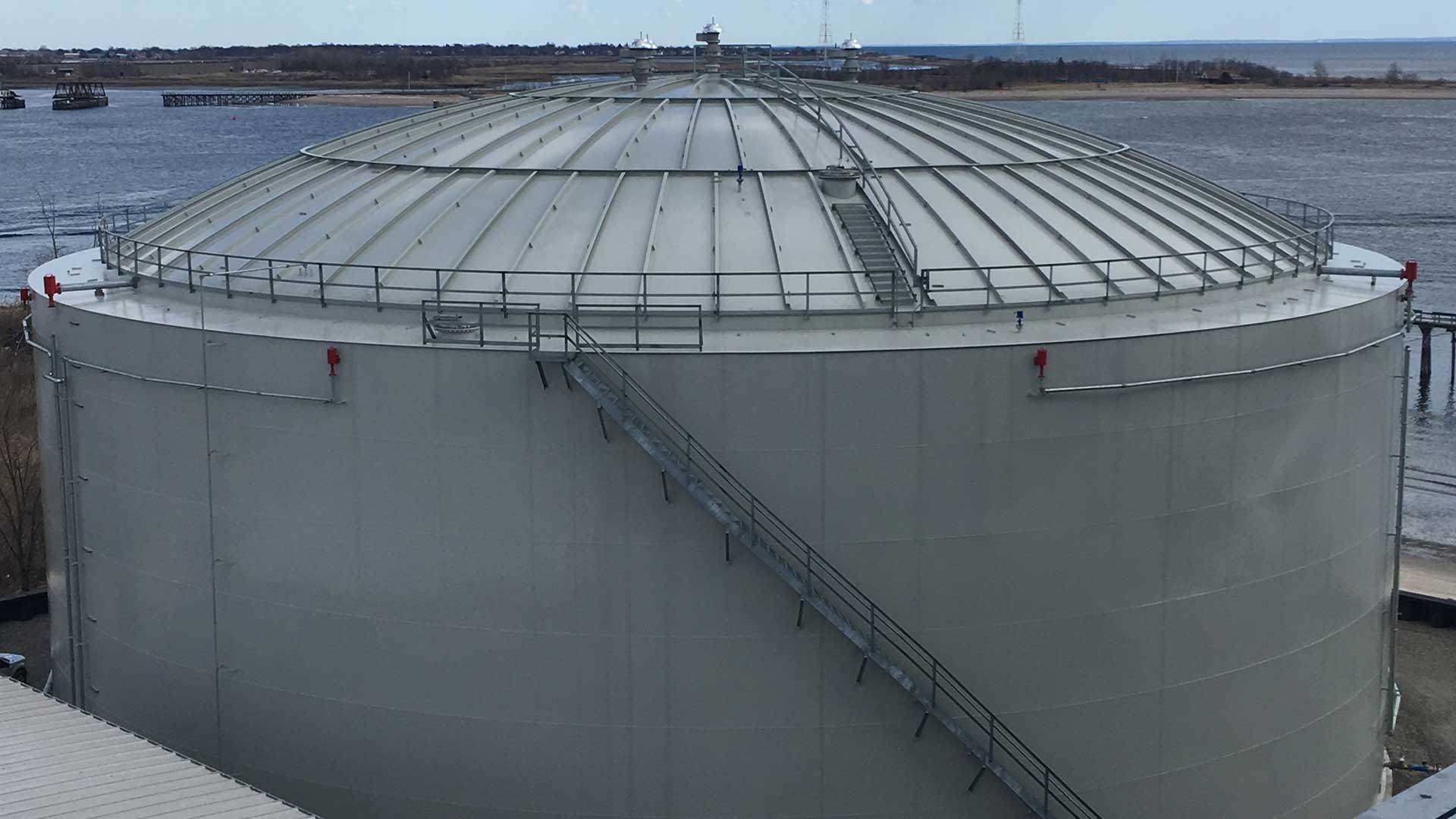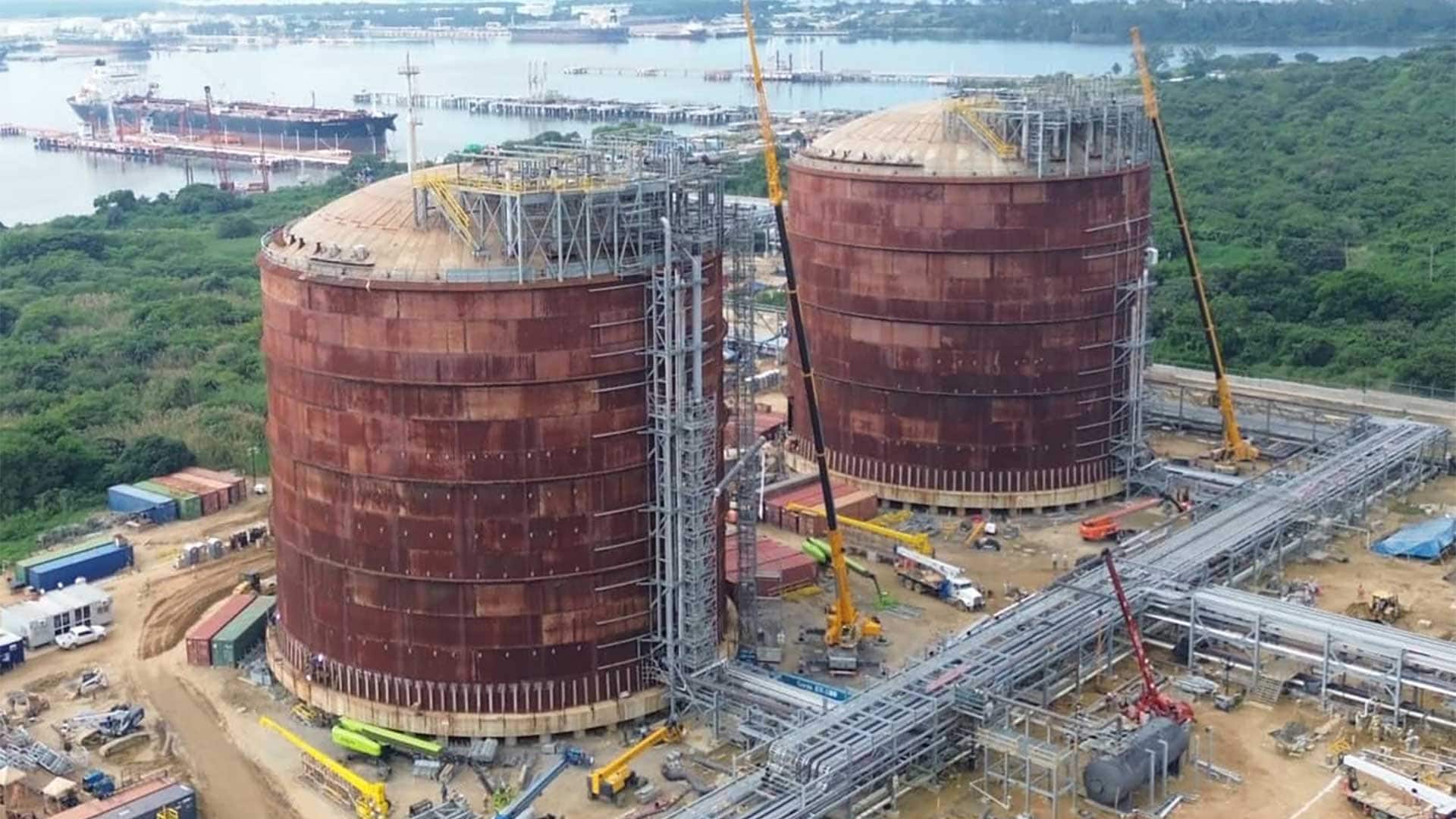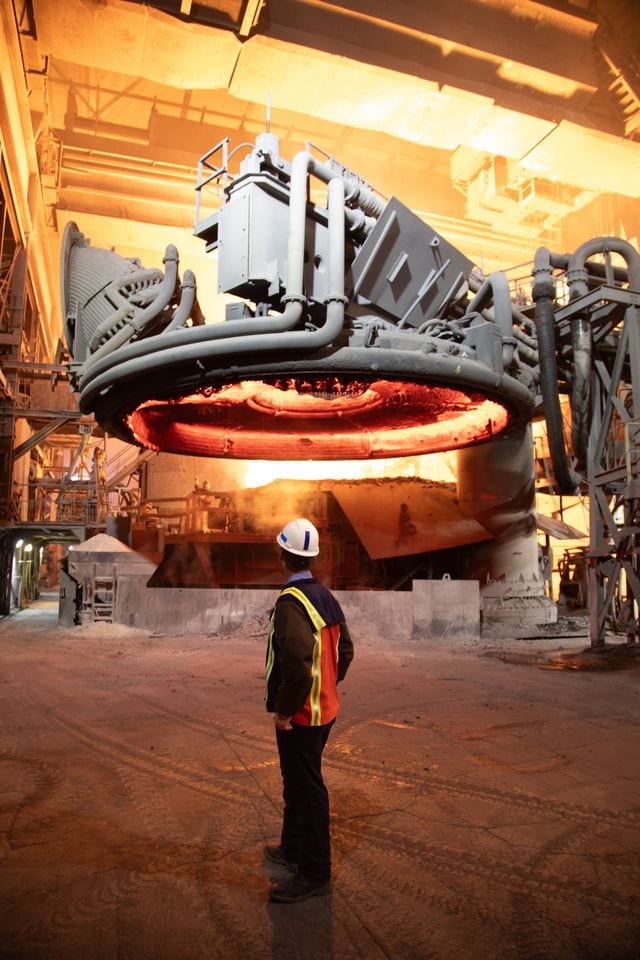Field-erected storage tanks are essential components in many industrial sectors, designed primarily according to the standards set forth by API. These tanks are typically vertical and cylindrical in shape, but variations exist to accommodate different operational and environmental needs.
Tank Configurations
Several tank configurations are available, each tailored to specific storage and emission requirements:
Open Top Tanks
Exposed directly to the atmosphere, open top tanks are generally limited to non-volatile liquids such as water.
Fixed Roof Tanks
Enclosed tanks designed to store liquids with low vapor pressure—up to 2.5 psi—such as petroleum oils. They prevent atmospheric contamination but do not accommodate significant pressure fluctuations.
External Floating Roof Tanks
These tanks feature a roof that floats directly on the surface of the liquid, reducing vapor space and minimizing emissions.
Internal Floating Roof Tanks
Positioned beneath a fixed roof, these floating decks reduce evaporation losses and limit exposure to external weather conditions. Internal floating roofs limit exposure to extreme weather conditions such as rain, snow, and wind. They eliminate the possibility for lightning strikes and limit product contamination.
Zero Emissions Tanks
Advanced systems engineered to virtually eliminate volatile organic compound (VOC) emissions, used for high-sensitivity storage environments.
Structural Design Considerations
Tank roofs must be engineered to withstand a range of environmental and operational loads, including:
- Self-supported or column-supported designs
- Live loads (rain, snow, maintenance personnel)
- Wind uplift forces
The roof’s structural integrity is critical for long-term durability and safety.
Capacity and Sizing
Tank sizing must balance current operational needs with projected future demand. While larger tanks offer economies of scale, they also incur higher capital costs. Importantly, the usable liquid capacity is always less than the geometric volume due to:
- Vapor space at the top for thermal expansion
- Settling space at the bottom for sediments or sludge
- Space required for internal equipment
Material Selection
Tank materials must be chosen based on the stored product’s characteristics, corrosion resistance needs, and temperature conditions. API 650 allows for:
- Carbon Steel – Cost-effective and suitable for many industrial applications.
- Stainless Steel – Preferred for corrosive or high-purity products.
Proper material selection ensures structural longevity and regulatory compliance across the tank’s lifecycle.
Conclusion
Field-erected tanks are vital for safe, efficient storage across a wide range of industries. Understanding the fundamentals of tank configuration, design, sizing, and material selection ensures that each system is optimized for safety, regulatory compliance, and long-term performance.
Published Date
September 8, 2025
Author
Resource Type
- Guidance
Topic
- Field Erected Tanks
- Industrial Storage Tanks





